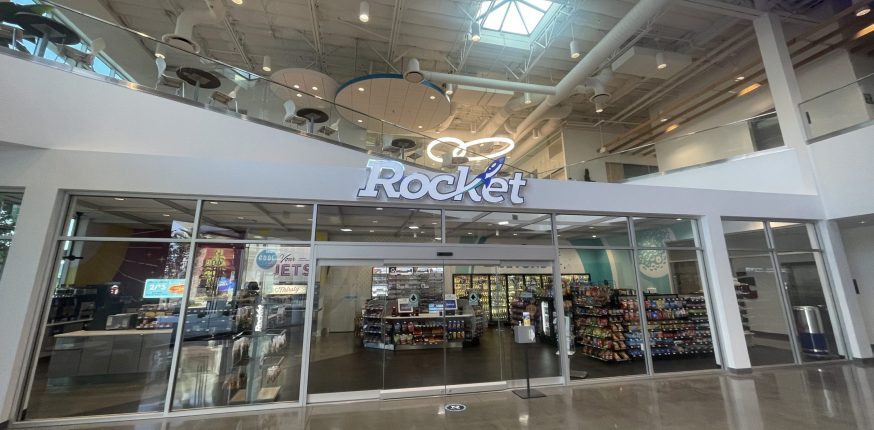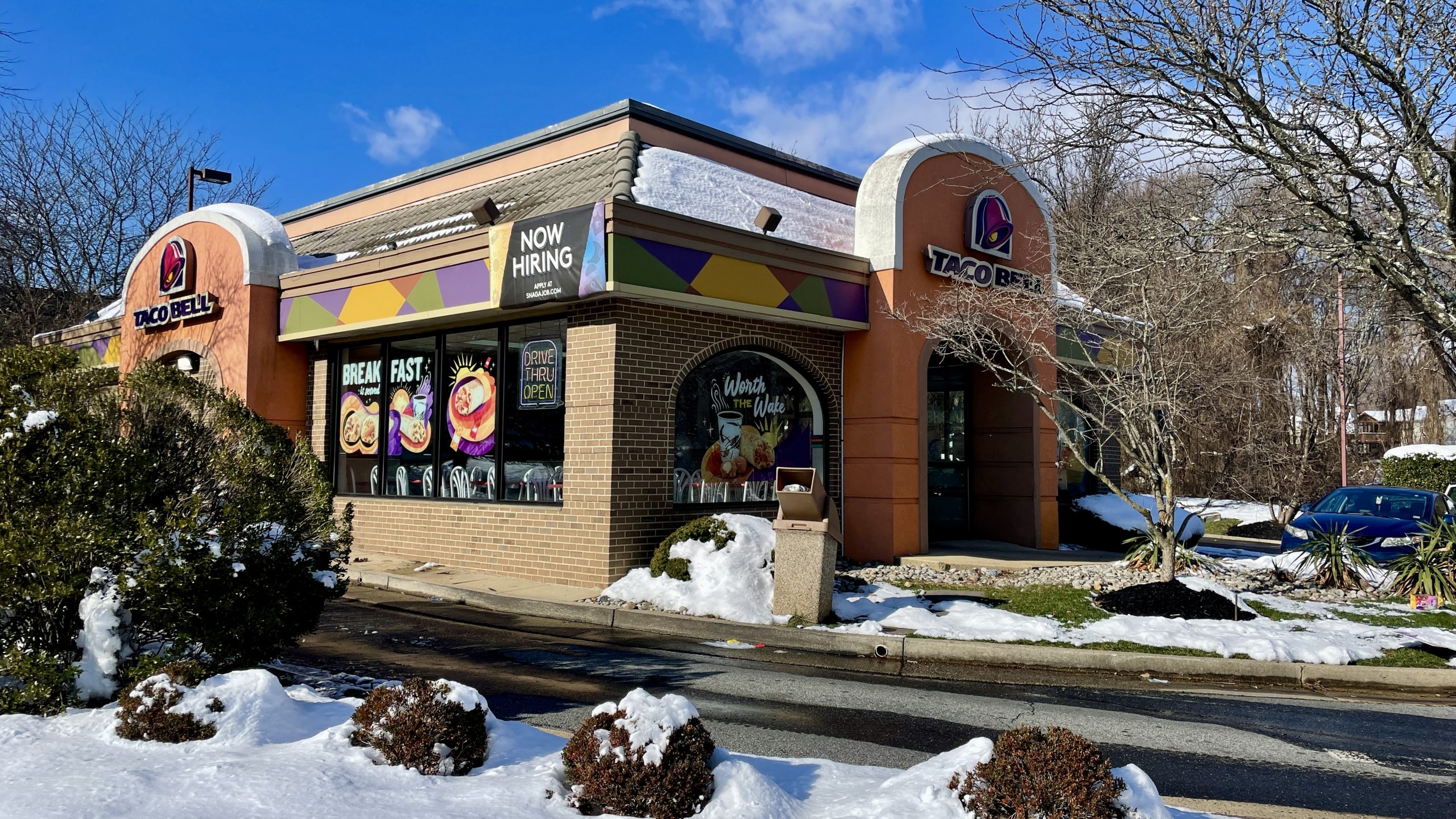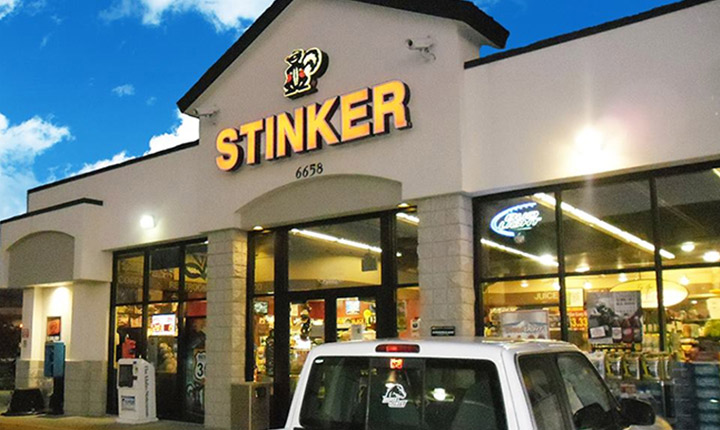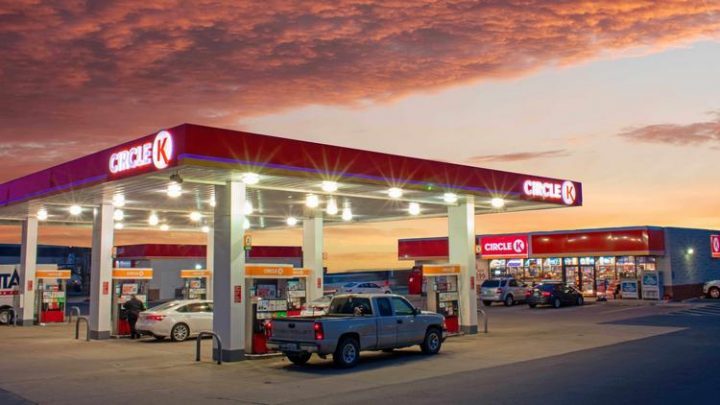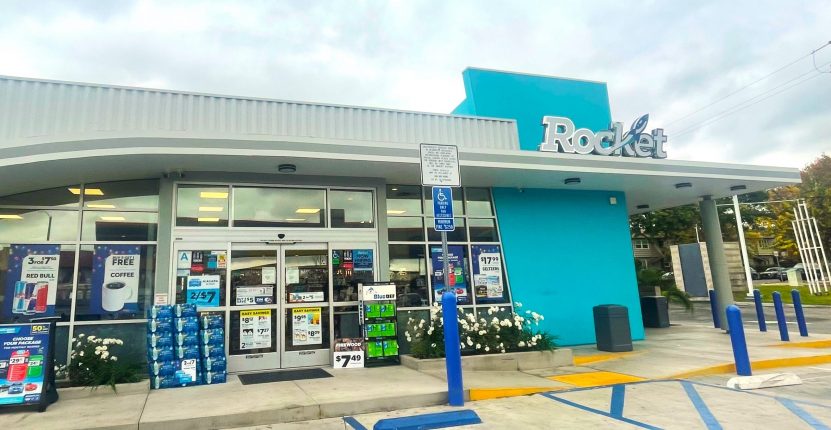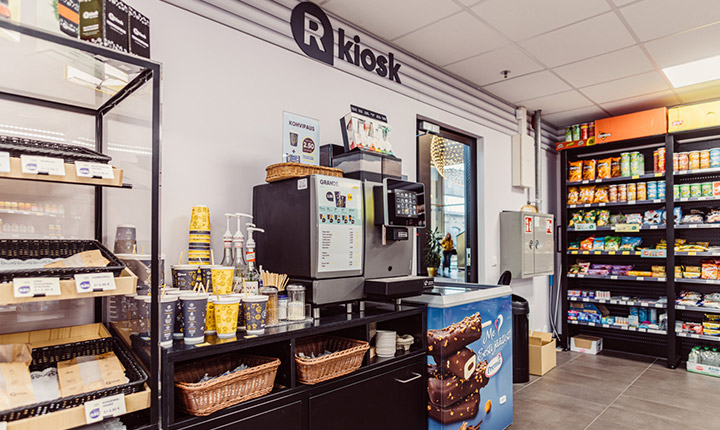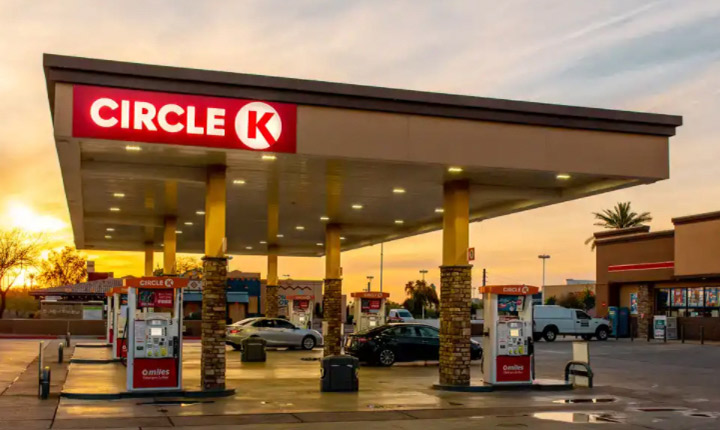What does it take to win a global loyalty award? With three weeks still to go before the Loyalty Magazine Awards announces the lucky winners of it’s prestigious awards, I was delighted this year to be asked to join the panel of industry experts tasked with judging the entries.
Together we’ve evaluated programmes and campaigns in twenty one categories from countries as diverse as Japan, New Zealand, Russia, the Middle East, Africa and Australia and as always from across Europe and Asia, so these awards are truly global in nature. Although time-consuming to review and judge thoroughly, like anyone with a hunger for knowledge and business insights, I loved reading these entries as they gave me a fascinating insight on how loyalty marketing is evolving and some key factors to success in our industry.
Setting the Stage
Now in it’s seventh year, the Loyalty Magazine Awards are going from strength to strength – both in terms of the number of entries and also how many countries compete. As a first-time judge, I was unsure what to expect, but was particularly impressed to see how conflicts of interest are avoided – with every judge signing a clear statement outlining their commitment to the highest levels of professionalism and independence. This maintains the integrity of the awards with a written commitment to ensuring the process should never be influenced by sponsorship or client relationships.
Three Top Tips for Award-Winning Loyalty

1. Clear, Frequent and Consistent Communications: Many programmes set out with fantastic intentions, but along the way lose perspective on how they want customers to FEEL as a result of their programme. While reviewing entries, I found myself consistently impressed by programmes with a single-minded proposition that made me feel the brand understood me and valued my business. For any loyalty programme to be successful, it’s critically important to clearly and consistently communicate your key message. Even Jack Welch, the former CEO of General Electric offered the same communications advice many years ago in his book:
Of course digital/app-based programmes create quicker, easier and more cost-effective way to communicate directly with members – and another key learning is that loyalty communications are expected and welcome. Many programmes make the mistake of under-communicating – then wondering why customers are unaware or confused by their programmes. Urban Airship – a digital messaging platform who researched the impact of this excessive caution, and found that ‘95% of new, opt-in app users churn within the first 90 days if they don’t receive any push notifications. That means 95% cents of every dollar spent acquiring them is wasted.” They recommend one or more push notifications a day!
This is a totally different approach to the limited frequency of sales communications that brands (quite rightly) adopt. Many loyalty programme I have worked on ended up with loyalty communications competing against internal priorities for customer’s attention so programmes need to ensure they have committed ongoing access to the members through all available channels. Award-winning programmes own and control every aspect of their messaging – direct to their members in whatever channel they prefer.

2. Insightful Innovation: Using technology to drive loyalty is now so firmly established that it has its own category within the loyalty awards and mobile is now the default channel for many programmes. What impressed me as a judge in this category is how various loyalty and retail technologies have scaled programmes by truly engaging customers with benefits based on their proximity (e.g. beacons), or their willingness to connect (such as digital codes on product cartons) – all using a mobile-first strategy.
The key to being shortlisted for the ‘Best Use of Technology in Loyalty‘ award has been achieving successful adoption using a combination of simplicity (what the customer has to do) and demonstrated value (why they would do it), as well as post-trial research on how the customer enjoyed the experience (or not). We’ve all experienced the ‘say-do gap’ where customers SAY they will behave in one way, then when the time comes, they don’t! When executed well, using technology in-store allows brands enjoy increased basket sizes, marketing permissions and word-of-mouth marketing, so we’ll discuss more details on these campaigns with specific examples of brands and their approach once the winners have been announced and the brands are happy to share their experiences.

3. Commercial Focus: One challenge that arose in the judging was that so many entries gave little or no indication of the commercial returns their programmes are delivering. While specific revenue results may be too sensitive to share externally, many did not even confirm that their investments were worthwhile. Those that did got the biggest bonus votes from me as a highly commercial marketer, and anyone who has managed a loyalty programme investment knows the critical importance of reviewing the performance data on a weekly, monthly or quarterly basis (depending on the programme’s maturity).
KPI’s can include revenue uplift, customer advocacy improvements and also the value of the marketing permission achieved between the programme and the member. For award submissions, even if specific details can’t be mentioned, percentage improvements versus KPI’s should at least be quoted to prove the investment worked and is considered worthwhile, and those that took this approach got my enthusiastic support! For entries without that detail, I wondered whether the programmes are being measured and understood or their results being communicated throughout the business – or whether they are simply following industry trends to match competitors. Quantifying the return-on-investment is an essential step for our industry to earn the respect it deserves as a measurable marketing investment.
In closing, one final observation was the lack of any entries from the convenience sector which of course I know has many fantastic programmes and campaigns all over the world to be proud of!
Please do stay in touch with the Loyalty Magazine Awards and make sure to enter your loyalty programme or campaign next year!

About Us:
Liquid Barcodes is a leading global loyalty and digital marketing technology company specialized for the convenience store and foodservice industries. Our proprietary cloud-based technology platform allow retailers to create and manage their digital marketing campaigns with a proprietary process we call the “customer connection cycle’ to engage, promote and reward customers activities in real-time across digital and media channels.
How we do it:
We have developed the most advanced loyalty and digital marketing technology platform specifically for convenience store and foodservice retailers globally.
Retailers use our self-service dashboard to create and manage loyalty driven marketing campaigns that increase purchases with their existing customers, as well as effectively target and acquire new customers through partners or paid media channels.
One core component of live loyalty is gamification. We have gamified branding, loyalty and promotions. We believe this approach is essential in order to get customers’ attention and ultimately truly engage them with repeatable actions thereby winning their loyalty.
Check out some of our exciting/proven results here:
About Me:
Chief Content Officer, Liquid Barcodes and Independent Loyalty Consultant
With over twenty-five years marketing experience, I specialise in loyalty marketing consulting, managing consumer loyalty propositions, strategy and operations. In addition to working with Liquid Barcodes, my clients have included Telefonica O2, Three Mobile, Electric Ireland, Allied Irish Bank and The Entertainer, as well as Avios – the global points currency for some of the world’s top airlines. I am also a judge for the Loyalty Magazine Awards.
—————————————————————————————–


